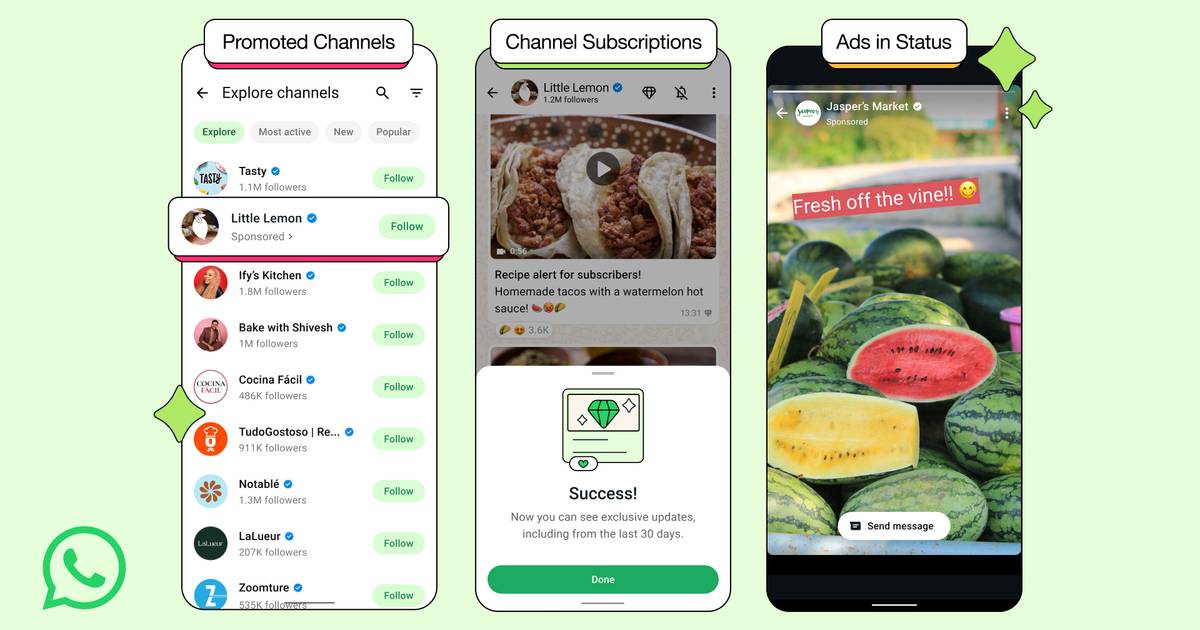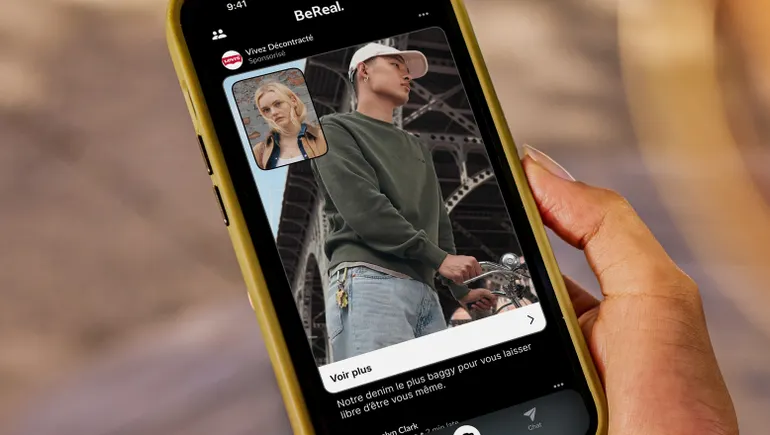Meta Announces Advertising Plans for WhatsApp
In a landmark decision, Meta, the parent company of WhatsApp, has revealed plans to introduce advertisements to the popular messaging platform. This marks the first time in WhatsApp’s history that ads will be integrated into its user interface, signaling a major shift in the app’s business strategy since its inception.
WhatsApp’s Ad-Free Legacy Comes to an End
Since its launch in 2009, WhatsApp has prided itself on being a secure, private, and ad-free communication tool. Its founders, Jan Koum and Brian Acton, were vocal opponents of advertising, believing that it compromised user experience and privacy. However, following Meta’s acquisition of the platform in 2014 for $19 billion, speculation about the monetization of WhatsApp has been ongoing.
Over the years, Meta has introduced limited business tools and features for enterprises to communicate with customers through WhatsApp. Yet, the core user experience has remained untouched by ads—until now.
Where and How Ads Will Appear
According to Meta’s announcement on Monday, advertisements will soon begin appearing within the app. Initial plans suggest that ads will be integrated into the Status feature—WhatsApp’s version of Stories, similar to those on Instagram and Facebook. This format allows for full-screen vertical videos and images that disappear after 24 hours.
This strategic placement is intended to minimize disruption to private conversations while still offering a monetization opportunity for businesses and creators. Meta emphasized that personal messages will remain encrypted and untouched by advertising, preserving the app’s core privacy promise.
Meta’s Motivation Behind the Move
The decision to monetize WhatsApp through ads comes as Meta seeks new revenue streams amid slowing growth in its core social media platforms. With billions of users across its apps, Meta is looking to leverage WhatsApp’s massive global user base—estimated at over 2 billion monthly active users—as a valuable advertising channel.
“We’re committed to keeping WhatsApp a secure and private space for communication,” a Meta spokesperson said. “However, we also see potential in helping businesses reach customers in new ways that are relevant and non-intrusive.”
What This Means for Users
For the average user, this shift may come as a surprise, especially for those who chose WhatsApp for its simplicity and lack of commercialization. However, Meta has reassured users that end-to-end encryption will not be compromised and that ads will not appear in private chat threads.
The rollout of ads will be gradual, starting with select markets and potentially expanding based on performance and user feedback. WhatsApp is also expected to provide users with the ability to manage ad preferences and settings within the app.
Industry Reaction and Future Outlook
Industry analysts have mixed reactions to the announcement. Some see it as an inevitable step toward monetization, while others warn that it may alienate users who value WhatsApp’s clean, ad-free interface.
“WhatsApp has long been one of the last holdouts in Meta’s portfolio that hadn’t fully embraced advertising,” said tech analyst Maria Gomez. “This move aligns it more closely with Instagram and Facebook, and opens new doors for targeted marketing.”
On the other hand, privacy advocates have expressed concern about the potential for data collection and tracking, even if Meta insists that personal messages will remain private.
Looking Ahead
As Meta prepares to introduce ads to WhatsApp, the company faces the challenge of balancing monetization with user trust. The success of this new direction will likely depend on how seamlessly ads are integrated and whether users perceive them as helpful or intrusive.
For now, Meta is staying firm in its commitment to privacy and user control. The company has promised more updates in the coming months as the ad rollout begins and evolves.
This article is inspired by content from Marketing Brew. It has been rephrased for originality. Images are credited to the original source.












Leave a Reply